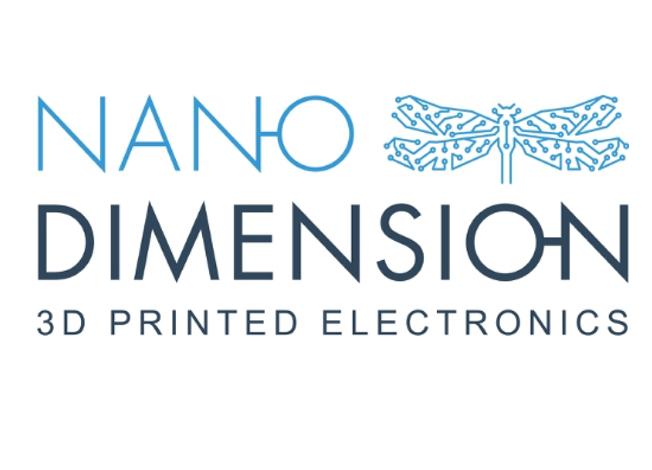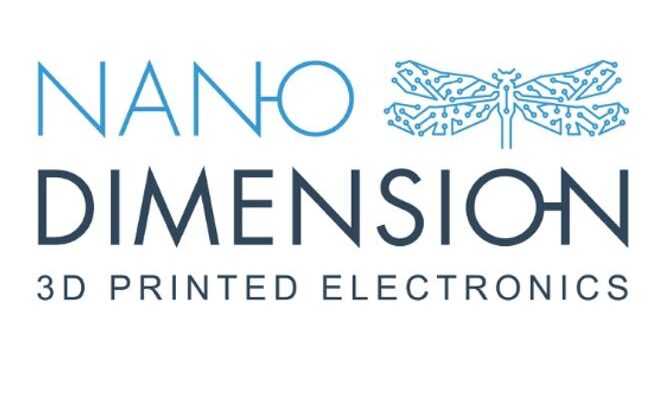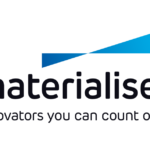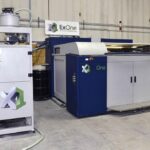

It’s been quite a promising year thus far for the Israeli 3D printing company Nano Dimension, which has been making major public moves ever since they unveiled their DragonFly 2020 electronic 3D printer at the tail-end of last year. Since then, they’ve began publicly trading on the NASDAQ, and have also collaborated closely with Tel Aviv University to develop a 3D printable nickel nano ink for their 3D printer. Additionally, they’ve partnered with 3D printing service provider and distributor FATHOM to introduce their electronic 3D printer to the Silicon Valley, and have also revealed Switch, the software package that will be utilized with the DragonFly 2020.
Needless to say, the 3D printing company has been working diligently to prepare the world for their highly anticipated electronic 3D printer. In fact, the first-ever DragonFly 2020 3D printing system was recently distributed to a leading Israeli defense company, hinting that the 3D printer is just about ready for full-scale productization. Nano Dimension’s first quarter financial report proved the company was gaining momentum as they prepare for the release of the DragonFly 2020, and their second quarter financials seem to display that very same momentum reaching its peak.
Nano Dimension wrapped up the second quarter of 2016 with $5,793,000 (NIS 22,278,000) in cash and cash equivalents, while total quarterly expenses were $1,664,000 (NIS 6,401,000). Similarly to their first quarter report, the company did not shy away from R&D expenses, which grew from $436,000 (NIS 1,642,000) in Q1 to $503,000 (NIS 1,933,000) during this quarter. This increase in R&D expenses can be attributed to an increase in salary and personnel expenses, as well as an increase from 46 employees during the first quarter to 57 this quarter.

As for their general and administrative (G&A) expenses for the second quarter, Nano Dimension saw a slight increase from $1,176,000 (NIS 4,429,000) in the first quarter of 2016 to $1,197,000 (NIS 4,605,000) in the second. During the second quarter of last year, the company’s G&A costs were just $413,000 (NIS 1,590,000), which showcases their expanding professional services expenses, which includes investor relations and legal services, as they strategize the imminent release the DragonFly 2020.
Nano Dimension did see a slight decrease in net loss this quarter, which was $1,664,000 (NIS 6,401,000), or $0.04 (NIS 0.17) per share, compared to $1,790,000 (NIS 6,741,000), or $0.05 (NIS 0.18) per share that they posted in Q1 of 2016. This decrease can be chalked up to their aforementioned expenses, as well as a shift in the exchange rate of the USD against the NIS. All in all, the second quarter of 2016 tells a similar story to the first, showcasing a company that is on the cusp of entering the 3D printing market. According to their CEO, Amit Dror, Nano Dimension is prepared for the next phase of their business model, which will entail their sales strategy for the DragonFly 2020.
“We made significant progress during the second quarter and look forward to officially launching the company’s sales strategy in the third quarter. The advancements the company has made over the past quarter include additional patent applications, which we believe will help support our vision that our technology may have various uses – from prototypes for electronics to complex structures for different applications across various industries. As we continue to reach ambitious milestones, we are eager to enter this next phase as we will begin to see the full market demand for our revolutionary printer,” said Amit Dror, CEO of Nano Dimension.
All in all, Nano Dimension has been steadily working towards the productization of their electronic 3D printer since being founded in 2012, and their business model finally seems to be coming to fruition. This past May, they were included in the ”Cool Vendors in 3D Printing, 2016″ report by Gartner, and have also collaborated with the stem cell culturing solutions provider Accellta Ltd to develop a proof of concept 3D bioprinter. With the recent announcement of the first-ever supplied DragonFly 2020, it seems like full-scale productization is right around the corner for Nano Dimension, as they look to solidify themselves as the leader of the tight-knit electronic 3D printing market. Discuss further in the Nano Dimensions Q2 Financials forum over at 3DPB.com.
[Source: Nano Dimension]
When it comes to 3D real estate visualization in the USA, our service provides the perfect solution for bringing property listings to life. Through our platform, you can easily access cutting-edge 3D renderings that showcase your real estate projects in a way that attracts potential buyers and investors. Whether it's residential, commercial, or mixed-use properties, our team of experts uses advanced technology to create immersive visualizations that highlight the best features of your property, making it easier for clients to imagine the space as their own.
Through our website, you can quickly get high-quality 3D real estate visualizations that are tailored to your specific needs. With our help, you'll stand out in the competitive real estate market by offering potential buyers a realistic, interactive view of your property. Our efficient process ensures a fast turnaround time, while our attention to detail guarantees that every aspect of the property is represented accurately, giving you a powerful marketing tool to promote your real estate listings.






